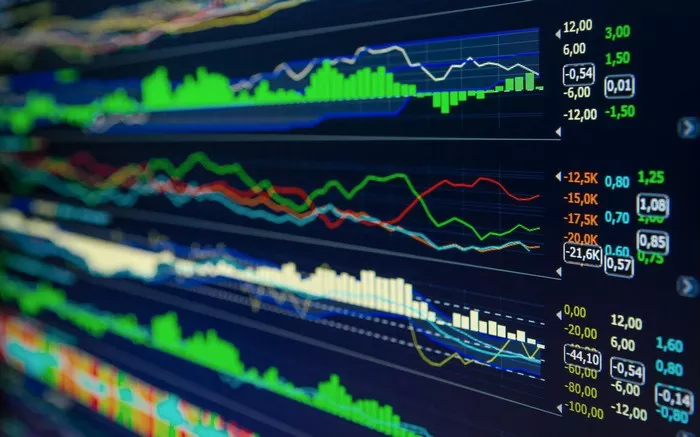Gold (XAU/USD) showed signs of stabilization on Friday, drawing some dip-buyers after a brief dip to the $3,275-$3,274 range during the Asian session. The precious metal surged back to the $3,330 level, marking a fresh daily high, as safe-haven demand was revived by escalating geopolitical risks, particularly stemming from the Russia-Ukraine conflict, tensions in the Middle East, and the volatile India-Pakistan border.
In addition to these geopolitical factors, a modest pullback in the US Dollar (USD) from a near one-month high earlier in the day provided further support to Gold prices. However, the Federal Reserve’s (Fed) hawkish stance and diminishing fears of a US recession remain supportive for the USD. Moreover, optimism surrounding trade talks, including the US-UK deal and upcoming US-China tariff discussions, may limit the upside potential for Gold.
Geopolitical Risks and Market Moves
On Thursday, US President Donald Trump and UK Prime Minister Keir Starmer unveiled a limited trade deal that left a 10% tariff on UK imports unchanged. Additionally, US Commerce Secretary Howard Lutnick indicated that Washington plans to roll out several trade agreements over the coming month, although the 10% tariff on imports from most countries is likely to remain. Reports that the Trump administration might lower tariffs on China from 145% to 50% as early as next week added to market optimism, which could keep Gold prices capped. US Treasury Secretary Scott Bessent and US Trade Representative Jamieson Greer are expected to meet their Chinese counterparts in Switzerland over the weekend to discuss trade matters.
The Federal Reserve also hinted that it is unlikely to cut interest rates soon despite ongoing economic uncertainties, strengthening the US Dollar. This shift has contributed to a rebound in the USD, which reached a four-week high during the Asian session on Friday, redirecting market flows away from non-yielding Gold.
Geopolitical tensions remain a key factor for Gold. Russia and Ukraine reported attacks on their forces on the first day of a three-day ceasefire called by Russian President Vladimir Putin. In addition, Israel’s conflict with Iran-backed Houthis in Yemen, coupled with fears of broader military conflicts along the India-Pakistan border, continues to fuel safe-haven demand for Gold.
Technical Outlook for Gold
Technically, after the overnight breakdown through the $3,260 support level and a slide below the $3,300 mark, the XAU/USD pair remains under pressure. However, daily chart oscillators have not fully confirmed a bearish shift, indicating caution before taking positions for further losses. The Gold price is likely to find support around the $3,265-$3,264 horizontal zone. A continuation of selling could push Gold towards the $3,223-$3,222 area, potentially testing last week’s swing low near the $3,200 level.
On the upside, the $3,324 region from the Asian session high acts as an immediate resistance. A further upward move could face selling pressure near the $3,360-$3,365 zone. A sustained break beyond this resistance would open the door for a potential rally towards the $3,400 mark, with the next significant hurdle near $3,434-$3,435.
Market Outlook
Gold remains on track for modest weekly gains, but its near-term price action will largely be driven by geopolitical developments and any new clues from the Federal Reserve about its future rate policy. Investors are watching for statements from Federal Open Market Committee (FOMC) members on Friday, as their comments may provide direction for the US Dollar and Gold in the days ahead.


